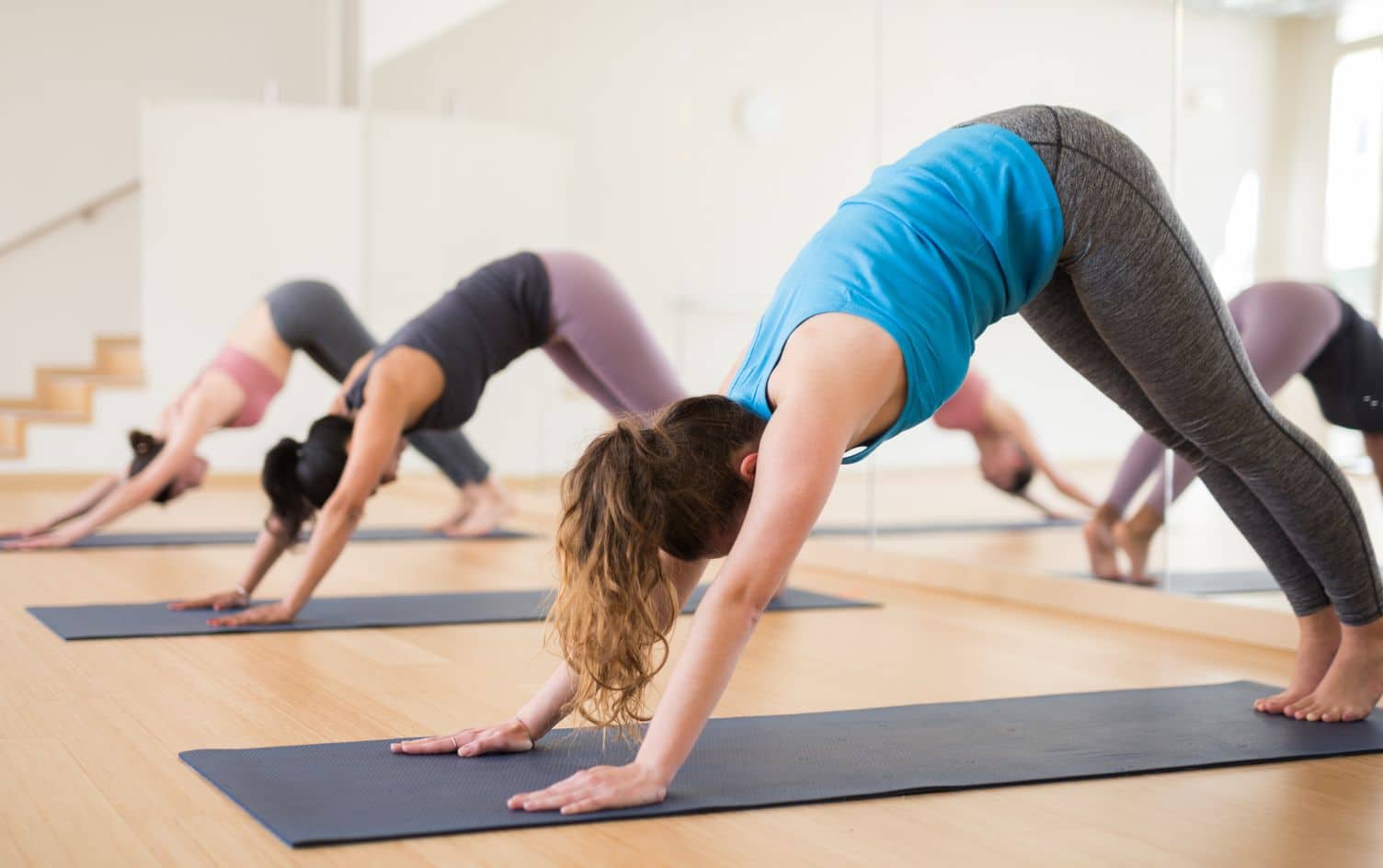Many shun meditation because they find it intimidating or too woo-woo. However, even a minor effort on your part yields positive results. It’s possible to meditate for as little as 3 minutes per day and notice a difference.
It’s important to find a practice that suits your personality best. “Remember, there is no right or wrong way to meditate since there are different techniques or styles of meditation,” says Patricia Young, certified professional and holistic coach at Inner Prosperity Academy.
To begin the practice, you should discover the type that works best for you, as you will be more likely make it a habit. These experts provide examples to try:

TRY: CANDLE STARING
This simple style is just like it sounds: Light a candle and stare. “If your mind has thoughts, just thank them and go back to staring at the candle,” says Young.

TRY: WALKING MEDITATION
“As you are walking, focus on the way your feet hit the ground,” says Tom Bruett, MS, a licensed psychotherapist. He says to set an alarm on your phone for 5 minutes. “If your mind wanders, simply bring it back.”

TRY: MINDFULNESS MEDITATION
Don’t worry about freeing your mind and, instead, simply think about what is happening in the present. “This includes thoughts, sounds, feelings in the body and anything else present,” says Young. The idea is to observe “without judgment and remain open and aware.”

TRY: MANTRA MEDITATION
“Mantras can be really helpful. Repeating the same phrase over and over can help keep the mind from wandering,” says Valerie Knopik, PhD, Yoga Medicine instructor. “Some of my favorite examples: ‘I am enough’ and ‘I am.’ This meditation type works well right before a race when you want to cool your nerves and heart rate down to conserve energy.”

TRY: VISUALIZATION MEDITATION
“Many professional athletes use meditation to visualize the athletic abilities they hope to have,” says Alisa Duclos-Robinson, PhD, owner of Another Direction Recovery and Wellness. She says you might want to practice imagining yourself running at your goal pace, as well as any potential obstacles you could incur and how you will overcome them. “Try to be as detailed as possible in your visualization, and make sure it is realistic.”

TRY: GUIDED MEDITATION
You do not need to meditate alone; look for outside help if you need it. “Meditation apps, for example, HeadSpace, can be really helpful for beginners,” says Diane Malaspina, PhD, a Yoga Medicine therapeutic specialist.
TIPS FOR GETTING STARTED
Once you select a style, these tips can assist you with your practice:
- Start small. “Set your meditation timer for 3 minutes and work with that time for several weeks,” says Malaspina.
- Practice in the morning. The “best time to meditate is early in the morning (before your coffee or tea), that way you set yourself up for a peaceful start to your day,” says Young.
- Choose a comfortable position. “Sitting on a cushion or blanket can ease discomfort in the lower body,” says Malaspina. “If sitting upright is uncomfortable, lean against a wall, sit in a chair or lie on your back.”
- Slow down. “Direct your attention inward, and just notice your breathing. Do a gentle body scan,” says Ellis Edmunds, PsyD. He recommends starting with your toes and slowly shifting your attention upward to each body part.
- Relax. “Every time your mind wanders from the point of focus (your breath), you gently bring it back without judgment or criticism,” says Duclos-Robinson. “Meditation is essentially like exercise for your brain. So your strength and ability will get better with time.”
- Watch your inner dialogue. “Always make the statements you use positive and moving toward what you want,” says Tracie Strucker, PhD. She recommends something like, “I am … or I’m moving toward …” This way, you put what you want top of mind rather than resisting.
If you’re still on the fence about meditation, consider its benefits. “Regular meditation can enhance your wellness regimen,” says Malaspina. “It nourishes our mind and the mind-body communication system, improving performance, increasing immunity and easing the effects of chronic stress.”
And it takes as little as 3 minutes a day.




